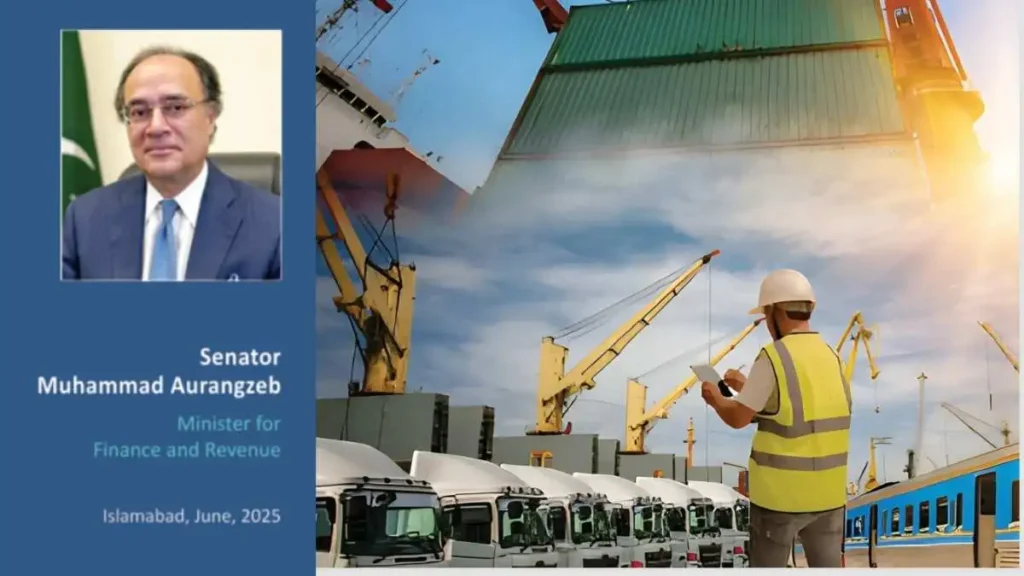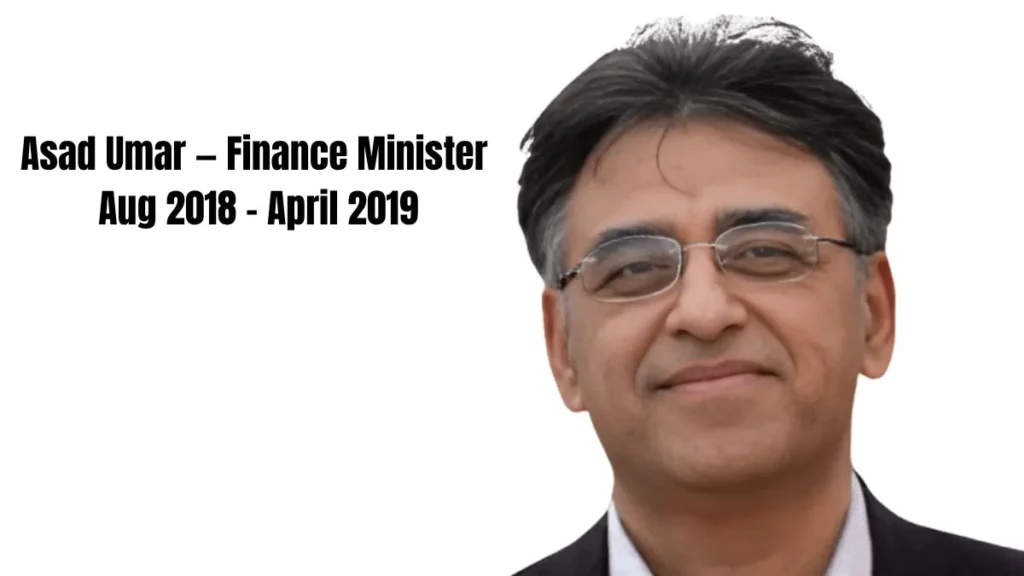Federal Budget 2025–26: A Small Raise in Salaries is Anticipated Due to Economic Challenges and IMF Obligations
Finance Minister Muhammad Aurangzeb is going to present Pakistan’s federal budget for FY2025–26 in the National Assembly today (Tuesday). People are hoping for a public sector salary increase between 7.5% and 10%. This is happening because the government is attempting to manage IMF-driven fiscal reforms, a budget limit of Rs 17.6 trillion, and the need to support the salaried class, which has faced numerous challenges since the implementation of last year’s tax rules.
The budget announcement is taking place in Islamabad. It comes at a time when the economy is growing slowly, the monetary situation is tight, and defence spending is increasing because of regional tensions.
The government is dealing with strict budget limits while keeping its promises related to the $7 billion IMF bailout. As reported in the News Article, the suggested budget is Rs 17.6 trillion, which is a 6.7% decrease from last year’s Rs 18.78 trillion, primarily aimed at achieving a fiscal deficit goal of 4.8% of GDP.
Also Read
8070 Ramazan Package and How to apply for Ramazan package
To manage expenses in the Federal Budget 2025-2026
Public sector salaries may increase by 7.5% to 10%, with four different proposals being considered, ranging from 5% to 12.5%.
A disparity allowance of up to 30% could be approved for Grades 1 to 16.
Pension payments are set at Rs 1.05 trillion, while military spending is expected to rise by 20% to Rs 2.55 trillion.
Aurangzeb has recognised that there is little room for new taxes and has shifted the focus from “broadening the tax base” to “equity”, which means higher taxes on goods and services currently taxed at lower rates.

Asad Umar, the former finance minister, spoke out against last year’s budget, saying it put a heavy load on people with jobs. He called for a change in these policies. This year, Finance Minister Aurangzeb also acknowledged that workers with salaries have been under considerable stress and suggested that some help might be forthcoming.

Aug 2018 – April 2019
At the same time, the IMF has been urging that the agriculture, retail, and real estate sectors should start paying taxes in areas that have usually avoided formal taxation.
Pakistan Economic Overview FY2025
| Sector | Indicator | Value / Description |
|---|---|---|
| Growth and Investment | Real GDP Growth | 2.68% |
| GDP (Current Market Prices) | Rs 114,692 billion (↑9.1% YoY) | |
| Investment-to-GDP Ratio | 13.8% (↑ from 13.1% in FY2024) | |
| Saving-to-GDP Ratio | 14.1% (↑ from 12.6% in FY2024) | |
| Fiscal Performance | Fiscal Deficit | 6.5% of GDP (↓ from 7.4%) |
| Revenue Collection | Rs 10.8 trillion (↑29%) | |
| Tax Revenue Growth | 38% increase | |
| Current Expenditure Growth | 26% increase, mainly due to interest payments | |
| Monetary Situation | Inflation (April 2025) | 0.3% (↓ from 17.3% in April 2024) |
| Average CPI (Jul–Apr) | 4.7% (↓ from 26.0% last year) | |
| SBP Policy Rate Cut | 450 basis points, now at 17.5% | |
| Broad Money Supply Growth | 13.7% | |
| Agriculture Sector | Sector Growth | 0.56% |
| Major Crops Decline | -13.49% | |
| Cotton Production | 7.08 million bales | |
| Wheat Production | 28.98 million tonnes | |
| Rice Production | 9.72 million tonnes | |
| Sugarcane Production | 84.24 million tonnes | |
| Livestock Growth | 4.72% (↑ from 4.38%) | |
| Forestry Growth | 3.03% | |
| Fisheries Growth | 1.42% | |
| External Sector | Per Capita Income | $1,824 (↑ from $1,662, +9.7%) |
| Current Account Surplus | $1.2 billion (0.3% of GDP) | |
| Remittances | $32 billion (↑11%) | |
| Foreign Exchange Reserves | $14.3 billion (covering 3.6 months of imports) | |
| Health and Education | Infant Mortality Rate | 52 per 1,000 live births (↓ from 56) |
| Health Spending | 1.4% of GDP | |
| Literacy Rate | 62.8% | |
| Primary School Enrollment | 28.6 million | |
| Education Spending | 2.1% of GDP | |
| Technology & Infrastructure | IT Exports | $3.5 billion (↑32%) |
| Digital Banking Transactions | Rs 12.7 trillion (↑89%) | |
| Mobile Broadband Penetration | 57% of population | |
| Road Network Length | 284,772 km | |
| Aviation Passenger Traffic | ↑24% | |
| Demographics & Labor | Total Population | 241.5 million |
| Urban Population Share | 40.1% | |
| 57% of the population | 37.2% | |
| Gender Disparity | Significant, not quantified | |
| Power Sector | Installed Electricity Capacity | 46,605 MW (↑1.6% from last year) |
| Annual Capacity Payments to Idle Plants | Rs 2.5–2.8 trillion | |
| Debt & Capital Markets | Total Public Debt | Rs 67.8 trillion (74.1% of GDP) |
| Domestic Debt | Rs 41.4 trillion | |
| External Debt | Rs 26.4 trillion | |
| Labour Force Participation | Rs 10.2 trillion (↑50%) | |
| KSE-100 Index Growth | +78,000 points | |
| Corporate Bond Issuance | Market Capitalisation (PSX) |
Pakistan’s real GDP growth is at 2.68%, which is below the target of 3.6%. However, inflation has dropped significantly to 0.3% in April 2025, marking the lowest level in sixty years.
Fiscal revenues have increased by 29% to Rs 10.8 trillion, but current expenditures have also risen by 26%, primarily due to Rs 8.2 trillion spent on interest payments.
The Federal Board of Revenue (FBR) has been assigned a challenging tax collection target of Rs 14.2 trillion for the fiscal year 2026. There are worries about whether they can enforce this and the need for structural reforms.
Data & Stats Recap
| Indicator | Value/Trend | Source |
|---|---|---|
| Budget Size (FY26) | Rs17.6 trillion | News Article |
| Proposed Salary Increase | 7.5%–10% (range up to 12.5%) | News Article |
| Defence Spending (FY26) | Rs2.55 trillion (↑~20%) | News Article |
| FBR Tax Collection Target | Rs14.2 trillion | News Article |
| Fiscal Deficit Target | 4.8% of GDP | News Article |
| GDP Growth (FY25) | 2.68% | News Article |
| Inflation (April 2025) | 0.3% | News Article |
In the past, workers in Pakistan’s public sector have had their salaries adjusted as a means to address inflation or to garner votes during election times. However, the government now has limited options due to rules imposed by the IMF, the need to pay off debts, and increased military spending resulting from regional tensions.
People with salaries, particularly those earning around Rs100,000 a month, are paying attention since they have faced unfair tax burdens in recent years.
The federal budget for 2025 – 26 aims to strike a delicate balance between providing assistance, maintaining financial stability, and fulfilling international responsibilities. Although a slight salary increase appears probable, larger economic issues such as slow growth, a lack of tax reform, and increasing defence expenses may mitigate its effect.
- Will the government be able to implement its proposed tax reforms?
- Can the FBR achieve its goals without making significant changes?
- Will salary raises be higher than inflation in the next few months?
My name is Farhad Dawar and I am graduate of the Institute of Media and Communication Studies Bahaddin Zakariya University Multan Pakistan. I’m passionate about journalism and media, and I believe in journalism of courage, uncovering the truth, and shaping the future.














